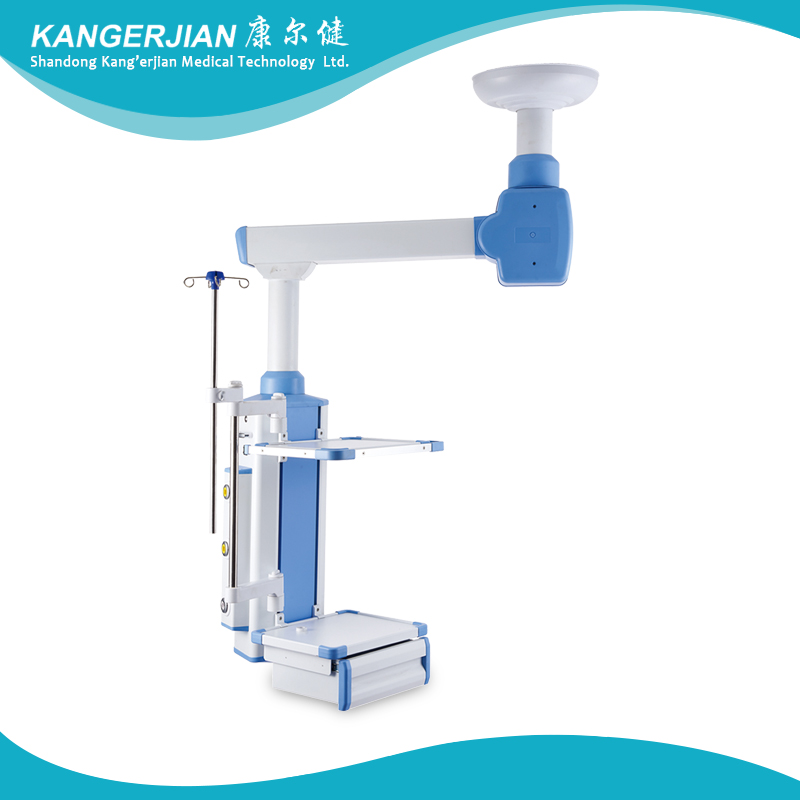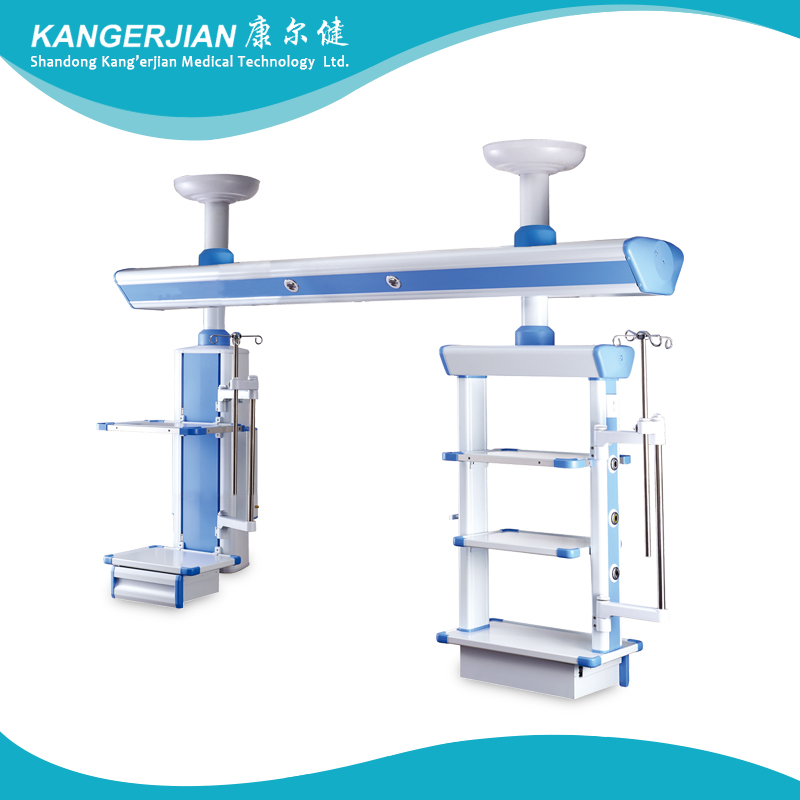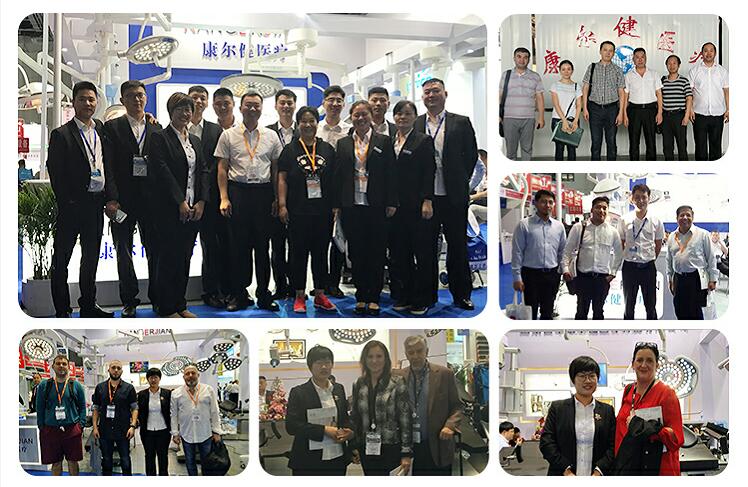The crab is popular with domestic and foreign consumers for its rich nutrition and delicious meat. At present, river crabs have become the main aquaculture species in various regions. The crab breeding industry has been transformed from the “large crabs†that pursue yield to the raising of large crabs and the “ecological crabs†centered on quality and efficiency. With the development of the crab breeding industry, crabs with small specifications and poor quality are increasingly not welcomed by consumers. Large size crabs not only sell smoothly, but also have an absolute price advantage. The market price of large-size crabs is 3-4 times higher than that of small-sized crabs, 120-160 yuan/kg more than 150g, and the specifications are only about 75g. 30-40 yuan / kg, but how to cultivate pollution-free production of large-scale crab is a breeder's concern. The so-called large-size crab refers to a crab that has a weight of 150g or more and has "green back, white belly, yellow hair, and gold claws." Through the summarization of many years of production practices, the major breeding techniques for breeding large-scale river crabs are:
First, select good breeds and put quality of good-release crabs
Large size crabs must have high quality crabs as a basis. Choose from self-cultivation or locally-cultivated Nagasaki water system, which is robust, disease-free and harmless, has neat specifications, good appetite, shiny, strong crabs of the Chinese mitten crab, and should avoid the use of young crabs of unknown origin. This is the most important factor in raising crabs and raising the survival rate. Generally, high-quality crab species can be selected from three aspects: identification of crab species in the Yangtze River system from appearance, body type, step-foot, and prefrontal teeth, etc.; “Small Dumpling Crab†refers to the first-instar crab of the year, weighing 10 to 35g: it reaches sexual maturity, stagnates, and dies in succession; the degree of incompleteness of the foot and foot, the activity of the seed, the presence or absence of bovine parasites on the body surface, etc. Select healthy and high quality crab species.
Second, plant aquatic plants and create a good ecological environment
As the saying goes, "Crab size, look at aquatic plants." The planting of aquatic plants in the aquatic crabs is a natural, high-quality botanical feed for crabs. The second is to provide habitats for crabs and shelters for clam shells. It is not easily found by predators and reduces the mutual killing. The third is the photosynthesis of aquatic plants. It can increase dissolved oxygen in water and absorb organic matter in water to prevent water quality from eutrophication. It can play a role in purifying water quality, keeping water fresh and improving water culture environment. Fourth, aquatic plants can provide shade cooling in high temperature season. The role of beneficial crab growth, planting aquatic species should not be a single species, to be diversified, the best submerged plants, emergent plants and floating plants combined with each other, a reasonable distribution to meet the various needs of river crab. Submerged plants can be selected species such as Vallisneria, black leaf algae, Elodea, etc., emergent plants such as reeds, alfalfa grass, floating plants such as duckweed and so on. The area for planting aquatic plants in crabs should cover 50% to 60% of the surface area. In the summer of July-August, crabs are in the peak of feeding plants and should pay close attention to ensure that crabs are eaten and eaten, but also have a high storage capacity. When it is not enough, we must take measures to make up for the aquatic plants. However, weeds should not be caught too much. Corrupt plants may cause water quality deterioration and cause crab disease. Excessive amounts of aquatic weeds, especially those that are similar to Elodea, can easily cause the bottom water to fail to flow, resulting in deterioration of the bottom water. The water channels should be cleared out in time to facilitate the flow of water into the drainage and improve the water quality of the crab pool. Otherwise, it is prone to diseases such as blepharospasm and edema.
Third, control the stocking density, pay attention to reasonable polyculture
The stocking density of crab species is related to crab species specifications, feeding conditions, market requirement specifications, and management levels. It can adopt a two-year breeding mode. It is purchased at the end of May and beginning of June. The crab seedlings are grown extensively in the pond and can be bred at the end of the year. Crab, in the spring of the second year, these crabs will be placed in the pool. Usually, the crabs are stocked at 100-200 pieces/kg. 300-500 animals per acre of water surface, and appropriate release can improve the crab out of the pool specifications and quality. Crab ponds mainly composed of river crabs cannot be mixed with herbivorous fish (grass carp, group head locust, etc.), omnivorous fish (carp, clam, tilapia, etc.), carnivorous fish (black sea bream, carp, carp And so on), but can only be mixed with some filter-feeding negatives (eel, squid, etc.). Its purpose is to remove plankton in the water and prevent deterioration of water quality. However, due to the large amount of aquatic plants in the crab pool, the pool water is thinner, so the amount of polyculture should not be much. Generally, 50-100g/mu of water is mixed with 40-50 tail fishes (5:1 fish and carp) per acre of water surface. In addition, the crab pool can't be mixed, and if so, it can be raised. The mode of cultivation of suitable amount of fresh shrimp in crab ponds is to achieve high yield, high quality, and high efficiency through ecological breeding management measures.
Fourth, put snails to meet the needs of river crabs for bioactive substances
Snails are the most active live bait of river crabs. They are benthic, slow-moving, and have strong water purification capacity. In the crab ponds, live snails 150-250 kg per mu are used to stop the natural breeding. This can be The entire growth process of crabs provides a steady stream of palatable, active protein baits. In the various snails, the largest fine variety, apple snail, can be selected from freshwater snails. Apple snails are also called snails. They have thin shells, large individuals, high meat content (38% of body weight of edible ingredients), high food habits, rapid growth, long breeding seasons, and high proliferation times. Transplanting apple snails in crab ponds can both maintain fresh water quality in crab ponds and provide natural foods rich in various biologically active materials for river crabs, promoting rapid growth of crabs and increasing the market size of adult crabs.
Fifth, regulate water quality and promote healthy growth of crabs
Crabs have higher water quality requirements, require dissolved oxygen in water to be kept at 5mg/L, pH 7-8.5, and transparency about 30-40cm. The water level throughout the year should be shallow in spring, summer, autumn and winter. Maintain a good water environment with good, live, tender and cool crab ponds, and promote healthy growth of crabs. In the breeding process, we must adhere to regular water injection, change the water once every 10-15d in the early stage, change the water every time 1/3. In the hot season, to ensure that the water is fresh, add some fresh water every day, and change the water twice a week. In addition, every 10 to 20 days, use quicklime 8-10g/m3 of water. Quanchiposa, if available, it is best to regularly use photosynthetic bacteria or EM bacteria and other microbial preparation of water Quanchiposa, improve water quality.
Sixth, do a good job in the prevention and control of crab disease
In recent years, with the continuous expansion of the crab population, crab disease has also been spreading and escalating. The crab disease that has never existed before and now occurs in large numbers, mainly due to ciliate diseases of young crabs and shaking of adult crabs. The disease has brought huge economic losses to the crab industry. Therefore, the prevention and control of crab disease should be based on prevention, early detection, early treatment, disease-free prevention, disease early treatment, and different methods of prevention at different stages of growth. Select photosynthetic bacteria, EM bacteria and other microbial preparations to regulate water quality. Regular use of quicklime, dibromohydantoin, etc. is recommended during the hot season. Ciliate nets or ciliate net insecticides are used once every 15 to 20 days during the high incidence period of ciliate, and drugs should be used alternately to avoid drug resistance. Shiver disease is a kind of microbe that lies between bacteria and viruses. The use of enemy killing Qingchi is an effective method to prevent shivering disease.
ICU Arm bridge for the hospital ICU wards, intensive care unit of modern medical rescue necessary auxiliary equipment,mainly by the bridge dry and wet sections, characterized by the separation of wet and dry is reasonable structure ,allocation of landing and taking off the wet paragraph flexible and fluid infusion pump rack frame and infusion pump mount.
The moving parts adopts Damping Friction Brake system, while also matching your request in accordance with paging communications ,monitoring ,video telephony, background music ,as well as teaching and long-distance diagnosis system.
High strength aluminum alloy, anti-corrosion, easy to clean.
The bridge was subdued.


THE EXHIBATION

Double Arm Manual Medical Pendant
Double Arm Manual Medical Pendant,Anesthesia Medical Pendant,Double Armed Pendant,Operating Theatre Pendants
Shandong Kang'erjian Medical Technology Ltd. , https://www.operatingtable.nl